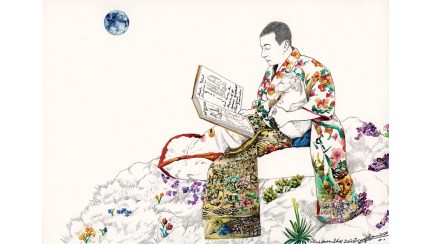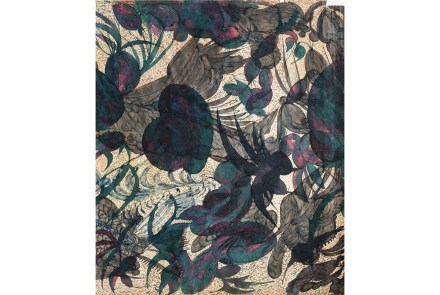Covid has been great for drawing
Amid the greatly exaggerated reports of the death of painting issued and reissued over the course of the past century, nobody thought to check on the health of drawing, perhaps because what artists did in the privacy of their own studios was considered to be no one else’s business. Drawing wasn’t a saleable commodity. Yes, Hockney’s portrait drawings attracted admiration, but most artists kept their scribbles to themselves. Then about 20 years ago, just after Saatchi’s 1997 Sensation exhibition seemed to have consigned all traditional art forms to the bin of history, it was noticed that drawing was alive and, if not kicking, showing unmistakable signs of continued health. It



